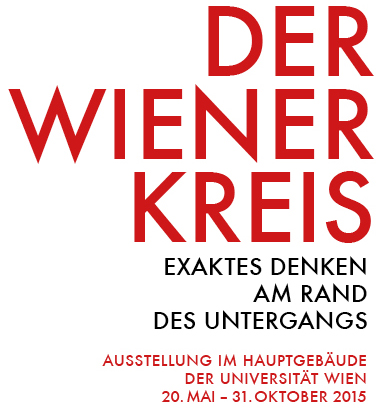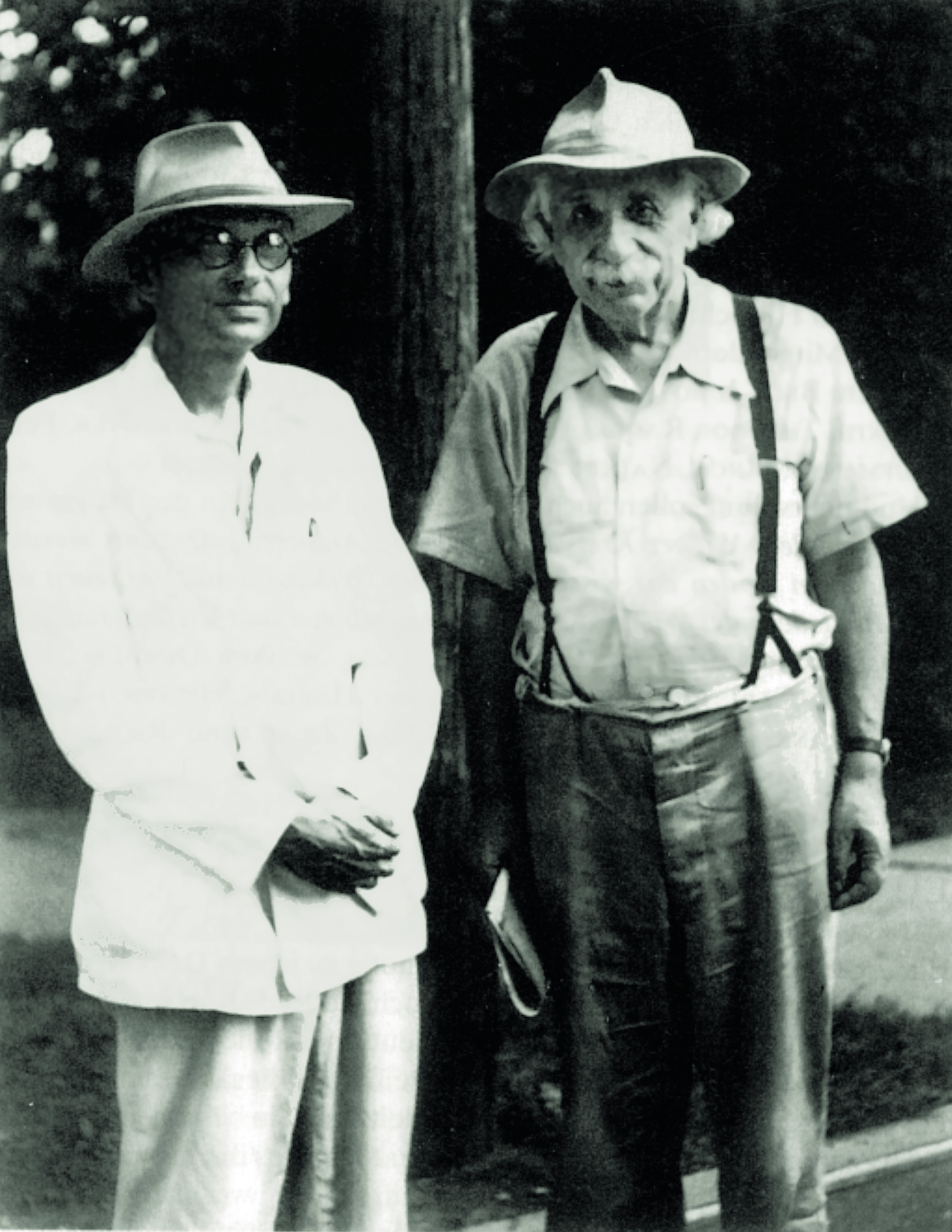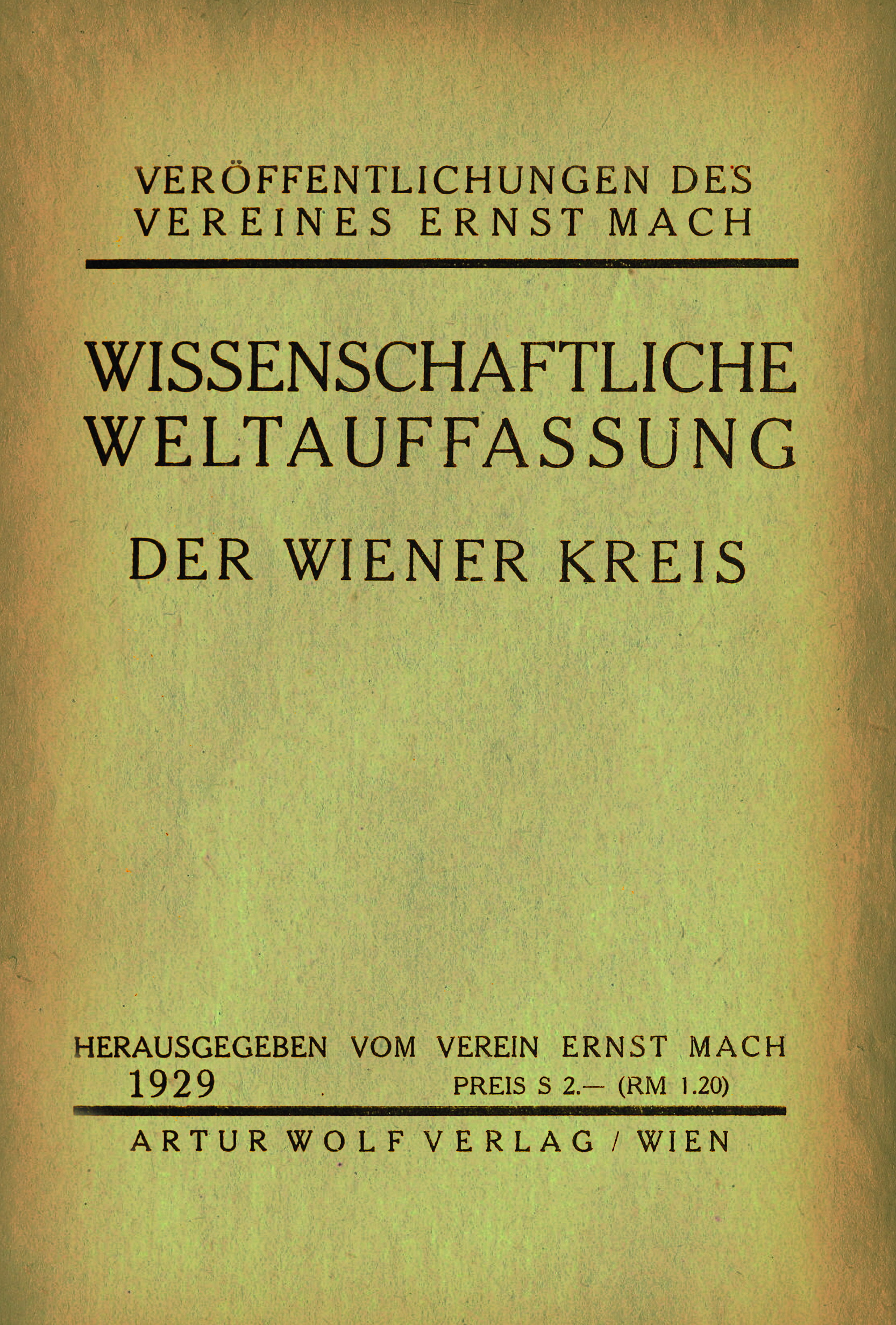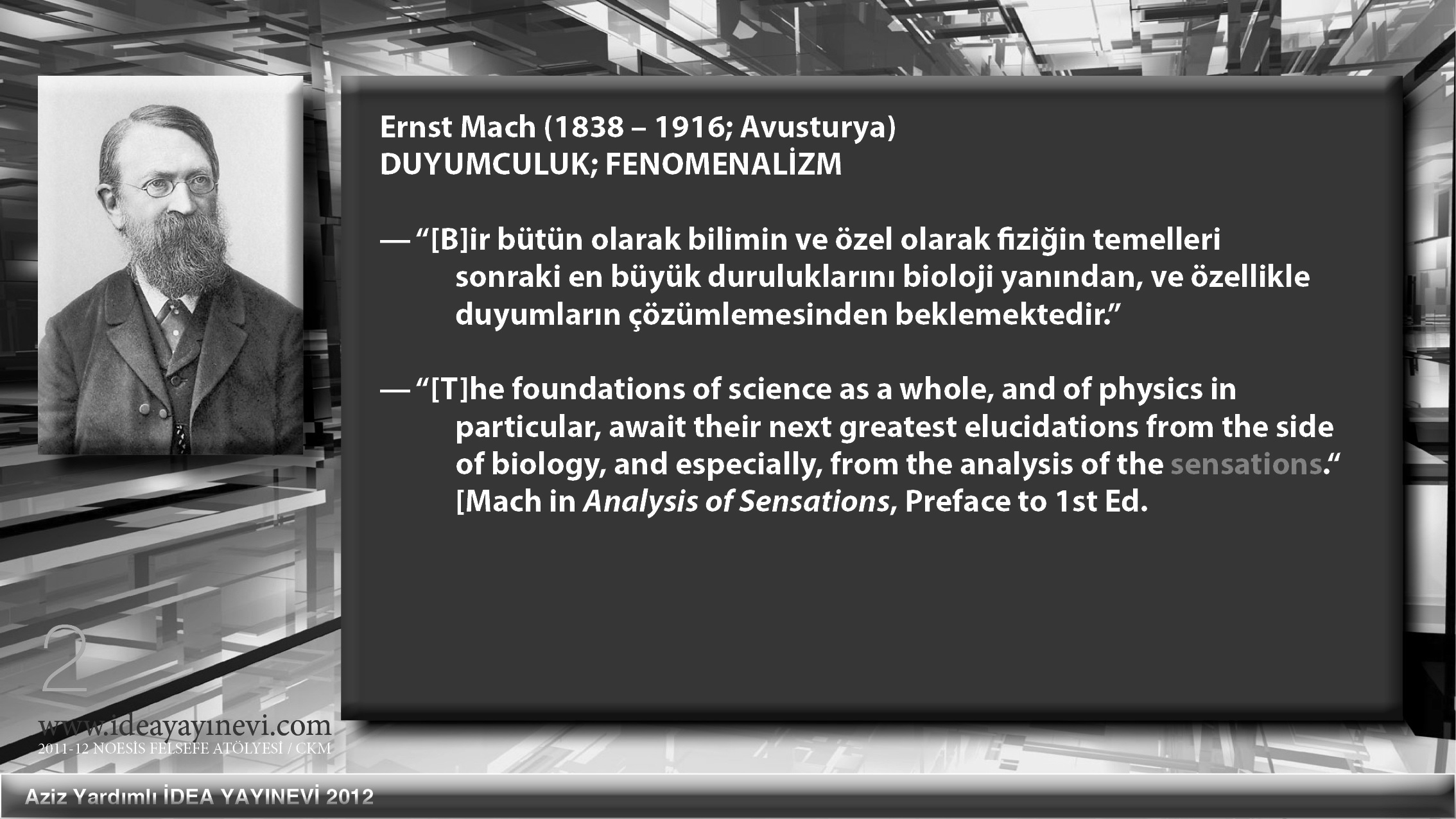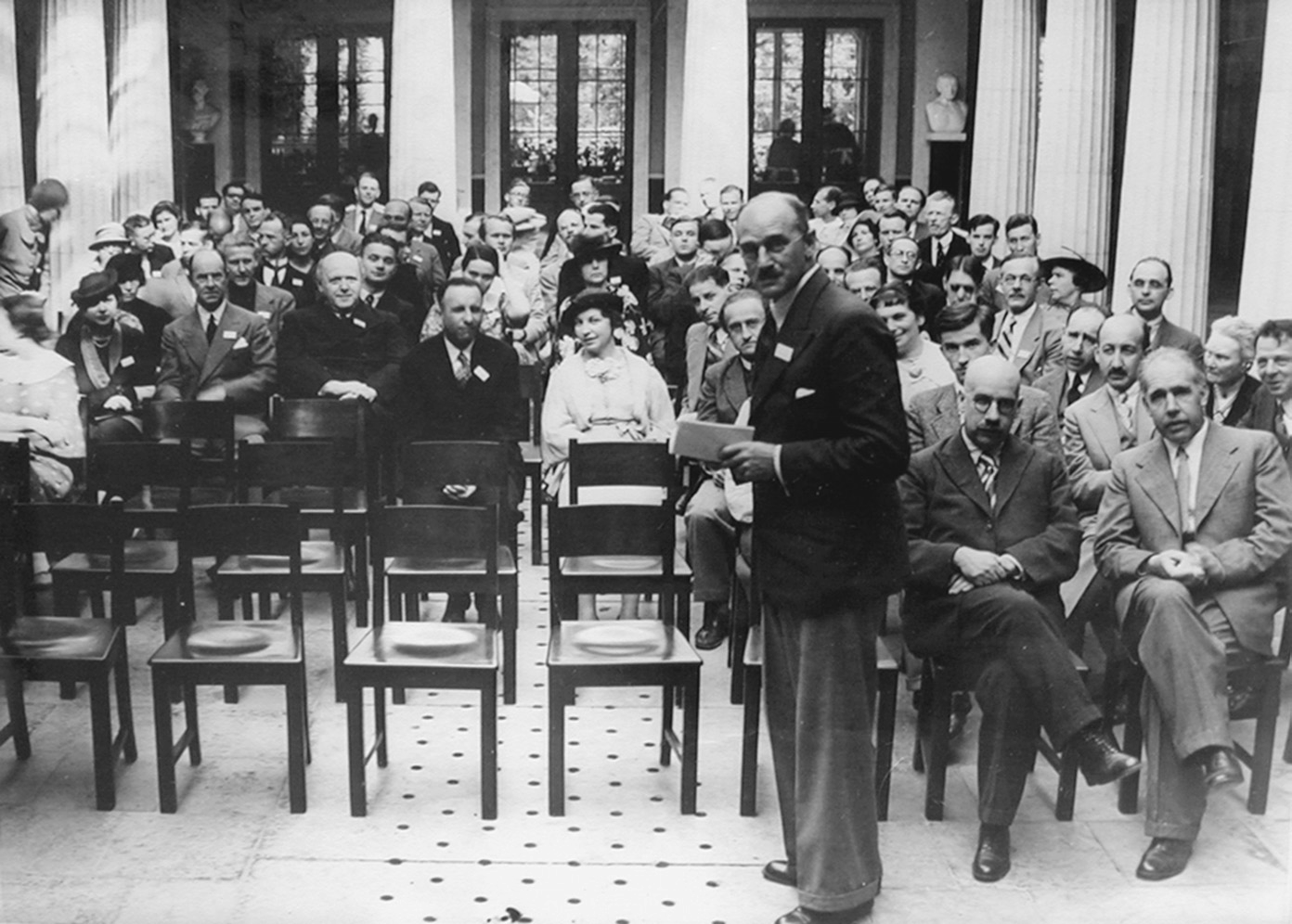Avusturya'nın olguları ve adları
Ünlü Avusturyalılar
Mozart, Haydn, Freud, Schubert, Strauss ailesi gibi starların ve "Avusturya (Ekonomi) Okulu" ve "Vienna Philharmonic" gibi kurumların yanısıra —
Anton Bruckner, Herbert von Karajan, Gustav Mahler, Arnold Schönberg, Carl Menger, Ludwig von Misses, Frederich Hayek, Ferdinand Porsche, Franz Brentano, Martin Buber, Paul Feyerabend, Edmund Husserl, Karl Popper, Ludwig Wittgenstein, Ludwig Boltzmann, Fritjof Capra, Christian Andreas Doppler, Paul Ehrenfest, Felix Ehrenhaft, Kurt Gödel, Ernst Mach, John von Neumann, Wolfgang Pauli, Erwin Schrödinger, Alfred Adler, Josef Breuer, Wilhelm Reich, Gregor Mendel de Avusturyalıdır.
Dahası, Avusturyalı Adolf Hitler başta olmak üzere, Nazi Partisi kurucu, destekleyici ve yöneticilerinin hemen hemen tümü Avusturyalı ya da Bavyeralı Katolik ailelerden geliyordu: Josef Göbbels, Heinrich Himmler, Reinhard Heydrich, Reinhard Gehlen, Klaus Barbie, Ernst Kaltenbrunner, Julius Streicher, Heinrich Müller, Hermann Göring (Katolik-Protestan karışık), Arthur Seyss-Inquart, Fritz Thyssen (iş adamı), Franz Stangl, Rudolf Höß.
Avusturya Almanya'dan ayrı bir Gesinnung ya da duygu birliğidir, çünkü ulusal türdeşliği tanımlayan şey dil, din, etnik köken değil ama kültürel duygudur. Katolik Avusturya yalnızca Protestanlığın daha güçlü olduğu Almanya ile dinsel karşıtlık içinde durmakla kalmaz, ama Rönesansın yurdu ile, İtalya ile komşuluğu ona derin bir güzel sanat tini kazandırır. Avusturya İtalyan Almanya'dır, moral ve törel geriliğin ve estetik inceliğin birliğidir. Katolik Kilise bilim ile çarpışsa da güzel sanata izin verir, giderek onu destekler, çünkü boşinanç duyusal olanda herhangi bir gözdağı görmez. 'Modern' Avusturya'da bugün bile bir kemiği taşıyan Katolik geçit törenleri kent trafiğini durdurur, ve bugün bile otoyol kenarları kutsal birer kimlik olmuş olan azizlerin türbeleri ile süslüdür. |
VİYANA ÇEVRESİ ÜYELER VE BAĞLANTILAR
A.J. Ayer (1910–1989)
An English philosopher in the tradition of British empiricism, Ayer visited the Vienna Circle in 1932–33. His book Language, Truth, and Logic (1936) was a best seller after World War II and represents logical positivism to many English speakers
Rudolf Carnap (1891–1970)
German by birth, he taught in Vienna, Prague, Chicago, and Los Angeles. He was one of the leaders of the Vienna Circle and of logical empiricism, especially of those within the movement whose formulations were more liberal, e.g., with respect to the criterion of verification. He defended logical and methodological pluralism and worked to develop an epistemic approach to probability.
Walter Dubislav (1895–1937)
A German logician and philosopher of science, Dubislav was one of the founders, with Reichenbach and Grelling, of the Berlin Society of Empirical (later Scientific) Philosophy.
Herbert Feigl (1902–1988)
Born in what is now the Czech Republic, Feigl studied in Vienna with Schlick and Hahn. He emigrated to the U.S. before most other logical empiricists would do so. He taught at the Universities of Iowa and Minnesota and founded both Philosophical Studies, with Wilfrid Sellars, and the Minnesota Center for the Philosophy of Science. He is best known for his work on the mind-body problem.
Philipp Frank (1884–1966)
This Viennese physicist and philosopher of science taught at Vienna, Prague, and Harvard. He was part of a discussion group with Hahn, Neurath, and others that preceded the Vienna Circle. At Harvard he founded the Inter-Scientific Discussion Group that developed into the Institute for the Unity of Science. He was also one of the founders of the Boston Colloquium in the Philosophy of Science.
Kurt Gödel (1906–1978)
Born in what is now Slovakia, Gödel took his doctorate under Hahn in Vienna, studying with Carnap and Schlick as well. He also regularly attended Vienna Circle meetings and taught in Vienna. The bulk of his career was spent at the Institute for Advanced Study at Princeton. He is best known for his spectacular incompleteness theorems, and his Platonist orientation toward mathematics. Though a participant in the logical empiricist movement during the Vienna years, Gödel thought that Carnap's approach to mathematics could be refuted. The alleged proof (Gödel 1995) was not published in Gödel's lifetime and remains controversial.
Kurt Grelling (1886–1942)
Grelling was born in Berlin and took his doctorate in Göttingen under Hilbert. With Leonard Nelson he developed a famous semantic paradox that bears their names. He was one of the founders of the Berlin Society for Empirical (later Scientific) Philosophy. Grelling died in the Holocaust because for bureaucratic and political reasons news of an academic appointment in the U.S. reached him too late.
Adolf Grünbaum (1923–)
Grünbaum moved from his native Germany as a teenager, studied under Hempel at Yale, and spent the bulk of his career at the University of Pittsburgh, where he founded the Center for Philosophy of Science. The major themes of his work have been philosophy of space and time, rationality, and psychoanalysis.
Hans Hahn (1879–1934)
Hahn, a distinguished mathematician, took his doctorate in his native Vienna in 1902 and began teaching there in 1905. He was part of a group with Frank, Neurath and others that discussed logical and methodological issues prior to World War I. After teaching at Czernowitz (now in the Ukraine) and Bonn he was given a chair in mathematics at Vienna in 1921. He was instrumental in bringing Schlick there in 1922 and so was called by Frank “the actual founder of the Vienna Circle” (Stadler 1997/2001, 642). His most famous student was Gödel.
Olaf Helmer (1910–)
Helmer took a doctorate in his native Berlin under Reichenbach and a second doctorate under Susan Stebbing in London. He collaborated with other logically minded philosophers. Indeed, the team of Hempel, Helmer, and Oppenheim became known as “H2O”. The bulk of his career was spent at the Rand Corporation.
Carl G. Hempel (1905–1997)
Born just north of Berlin, Hempel studied at both Göttingen and Berlin. Most of his doctoral work was completed under Reichenbach when the latter was forced to leave Germany. Hempel taught at a number of American universities, most famously at Princeton and the University of Pittsburgh. He was the doctor father of many prominent philosophers of science, and his work focused on confirmation, explanation, and concept formation.
Richard Jeffrey (1926–2002)
This American logician and philosopher of science earned an MA with Carnap (with whom he later collaborated) and a PhD with Hempel (with whom he was for many years a colleague and close friend at Princeton). He developed Jeffrey conditionalization (see below) and defended probabilism.
Kurt Lewin (1890–1947)
Born in what is now Poland, Lewin took his doctorate in Berlin in 1916. He lectured there in both philosophy and psychology until 1933 when he emigrated to the U.S. via England. Thereafter he taught at a number of American universities including Cornell, Iowa, MIT, and Duke. Credited with founding modern social psychology, he laid the foundations for what is now called sensitivity training as a way to combat religious and racial prejudices.
Richard von Mises (1883–1953)
Born in what is now the Ukraine, Richard von Mises is the brother of the economic and political theorist Ludwig von Mises. Richard was a polymath who ranged over fields as diverse as mathematics, aerodynamics, philosophy, and Rilke's poetry. He finished his doctorate in Vienna. He was simultaneously active in Berlin, where he was one of the developers of the frequency theory of probability along with Reichenbach, and in Vienna, where he participated in various discussion groups that constituted the Vienna Circle. Eventually it was necessary to escape, first to Turkey, and eventually to MIT and Harvard.
Charles W. Morris (1901–1979)
Morris was an American pragmatist and philosopher of language at the University of Chicago when Carnap arrived there. These two, together with Neurath until the latter's death, were the chief editors of the Encyclopedia of Unified Science. After Carnap left Chicago, Morris moved to the University of Florida.
Otto Neurath (1882–1945)
This Austrian philosopher of science and sociologist took his doctorate in political science in Berlin. A member of the First Vienna Circle and a leader of the “left” wing of the Vienna Circle, he was also politically active. He was a significant museum director, and as part of this developed the ISOTYPE picture language. His main philosophic themes were physicalism, anti-metaphysics, and the unity of science. He was the Editor-in-Chief of the Encyclopedia of Unified Science until his death. Eventually he fled to the Netherlands and from there to England.
Paul Oppenheim (1885–1977)
A successful industrialist and heir to a substantial fortune, Oppenheim was trained in his native Germany in chemistry and philosophy. He was a close friend of Einstein, and he helped to initiate the Berlin Society for Empirical Philosophy. He collaborated with many important logicians and philosophers of science both in Europe and the U.S. He helped many to escape Nazi oppression, and continued to help in a variety of ways even after he settled in Princeton in 1939.
Karl Popper (1902–1994)
Born in Vienna and with a doctorate there, Popper was intensely engaged in discussions with members of the Vienna Circle. His main philosophical work, The Logic of Scientific Discovery (1935/1959), appeared in a series edited by Schlick and P. Frank. He did not however, regularly attend meetings of the Vienna Circle and generally considered himself an outsider. Later he claimed to have “killed” logical positivism. From Austria Popper escaped to New Zealand and eventually to the London School of Economics, where he was knighted for his political writings.
Hilary Putnam (1926–)
This American philosopher of science, mathematics, mind and language earned his doctorate under Reichenbach at UCLA and subsequently taught at Princeton, MIT, and Harvard. He was originally a metaphysical realist, but then argued forcefully against it. He has continued the pragmatist tradition and been politically active, especially in the 1960s and 70s.
W.V.O. Quine (1908–2000)
Born in the U.S., Quine took his doctorate and spent his entire career at Harvard. In 1932–33 he visited the Vienna Circle and then Carnap and Warsaw. For the next six years, he said, he was a disciple of Carnap's and even after they began to disagree, Carnap set the agenda. Eventually they clashed over analyticity, modality, and intensional contexts generally. Many similarities of view with Neurath are apparent, especially on the issues of holism, underdetermination, and naturalism in epistemology.
Hans Reichenbach (1891–1953)
Reichenbach was born in Hamburg and, after immersing himself in mathematics, physics, and philosophy, took his doctorate in Erlangen, Germany. He was a founder and the leader for the Berlin Society for Empirical (later Scientific) Philosophy. In 1933 he was forced to leave Berlin. He went to Turkey and then in 1938 to UCLA. Among his many students were Hempel, Putnam, and W. Salmon, and so almost all philosophy of science in the U.S. can trace its academic lineage to Reichenbach. Though interested in social and educational reform, he worked primarily in philosophy of physics. He developed and defended a frequency theory of probability, and emphasized both scientific realism and the importance of causality and causal laws.
Wesley Salmon (1925–2001)
Salmon was born in Detroit and, after an initial interest in theology, earned his PhD under Reichenbach at UCLA. He taught at a number of universities including Brown, Indiana, Arizona, and Pittsburgh. His interests centered on causality and explanation, and his statistical relevance model of explanation can be thought of as addressing and in large measure resolving the problem of the single case in frequency theories of probability.
Moritz Schlick (1882–1936)
Schlick was born in Berlin and eventually took his doctorate there in mathematical physics under Max Planck. He taught at a number of German universities before he was, at the instigation of Hans Hahn, called to the Chair in the Philosophy of the Inductive Sciences at Vienna, a chair that was previously held by Boltzmann and Mach. Schlick was one of the first philosophers to write about Einstein's relativity theory. He was close to Wittgenstein and one of the conduits for the latter's strict verificationism. His work ranges from space and time to general epistemology and ethics. In 1936 he was assassinated on the steps of the university by a deranged student.
Wilfrid Sellars (1912–1989)
Wilfrid Sellars was the son of well-known philosopher, Roy Wood Sellars. Wilfrid studied at Buffalo, Oxford, and Harvard before teaching at Iowa, Minnesota, Yale, and Pittsburgh. He was a close associate and collaborator with Feigl at Minnesota. (He once said that he and Feigl were for years discrete parts of a single entity.) He defended scientific realism, pragmatism, and naturalism, and his philosophy of language drew heavily on Carnap's Logical Syntax (1934/1937)
Alfred Tarski (1901–1983)
Born and educated in Warsaw, Tarski earned his doctorate under Lesniewski. He happened to be visiting the U.S. when Poland was invaded and so avoided the fate of so many of his colleagues. He taught at the University of California at Berkeley for more than 30 years. While it is unclear whether he should be counted as a logical empiricist, he visited the Vienna Circle and hosted its members in Warsaw, and his “The Concept of Truth in Formalized Languages” (1936/1956) was very influential on Carnap and on the development of semantics among the logical empiricists generally.
Friedrich Waismann (1896–1959)
Waismann was born in Vienna and earned his doctorate there under the direction of Schlick in 1936. From 1926 to 1933 he held discussions with Wittgenstein, generally in the company of Schlick, but also sometimes Carnap or Feigl. Waismann kept detailed minutes of these conversations. At one point he and Wittgenstein contemplated a joint book, but Wittgenstein later changed his mind. Besides the printed text of the Tractatus these conversations were the main conduit of Wittgenstein's ideas into the Vienna Circle. In 1937 Waismann was able to emigrate to England. After a couple of years at Cambridge, where he was shunned by Wittgenstein, he moved to Oxford, where he taught until his death.
Ludwig Wittgenstein (1889–1951)
Born into an immensely wealthy Viennese family, Wittgenstein studied at Cambridge from 1911, where he formed friendships with Russell, Keynes, and Moore. His Tractatus Logico-Philosophicus (1921/1922), which among other things tries to show that logic has no content, was enormously influential on many logical empiricists. Wittgenstein continued to spend much of his time in Austria working variously as an elementary school teacher, a gardener, and as an architect of a house for his sister in Vienna. While there he held influential discussions with Schlick, Waismann, and others. From 1930 he held teaching posts at Cambridge and increasingly distanced himself from the logical empiricists. His later work focused on ordinary language and inspired many other philosophers as well. |







